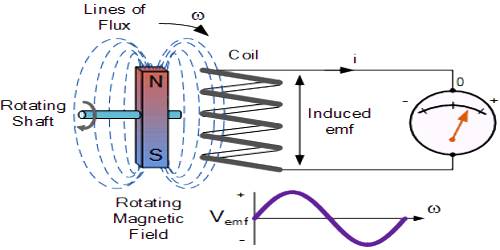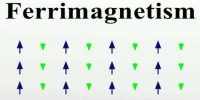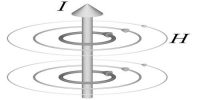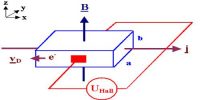Experiment: Electro-magnetic Induction
Electromagnetic induction is the production of an electromotive force across an electrical conductor in a changing magnetic field. It is the basic principle of operation of transformers, motors, and generators. It was first discovered by Michael Faraday, who made his discovery public in 1831.
That means the process of creating electromotive force and current in a closed coil of the wire due to the influence of a moving magnet or current-carrying coil is called electromagnetic induction. If a galvanometer is connected in a closed coil [C in fig (a)] or in a secondary coil [S in fig.(b)] the existence at current is observed. If the current-carrying coil or the magnet NS remains stationary, then no current will be generated in the closed coil C or in S. In order to produce current in a closed coil, there must be a relative motion between the magnet or current-carrying coil and the closed coil.
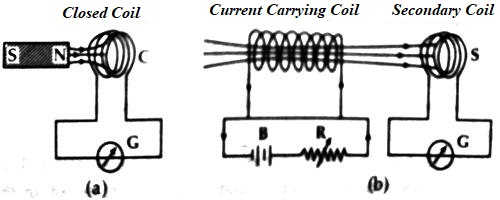
As a result, there will be an increase or decrease of magnetic lines of force in the closed coil and current will be generated. The temporary electromotive force produced in this way is called induced electromotive force and temporary current produced is called induced current. So, in a closed circuit temporary electromotive force and current produced due to electromagnetic induction are called induced electromotive force and induced current, respectively. The current carrying coil is called primary coil and the induced current produced in the coil is called secondary coil. It is to be remembered that there does not exist any direct contact between the secondary coil and the magnet or with the primary coil.
It is to be mentioned that in a closed coil induced electromotive force will be produced if there is a non-uniform flow of current and even if there is no relative motion between the closed coil and the current carrying coil.
